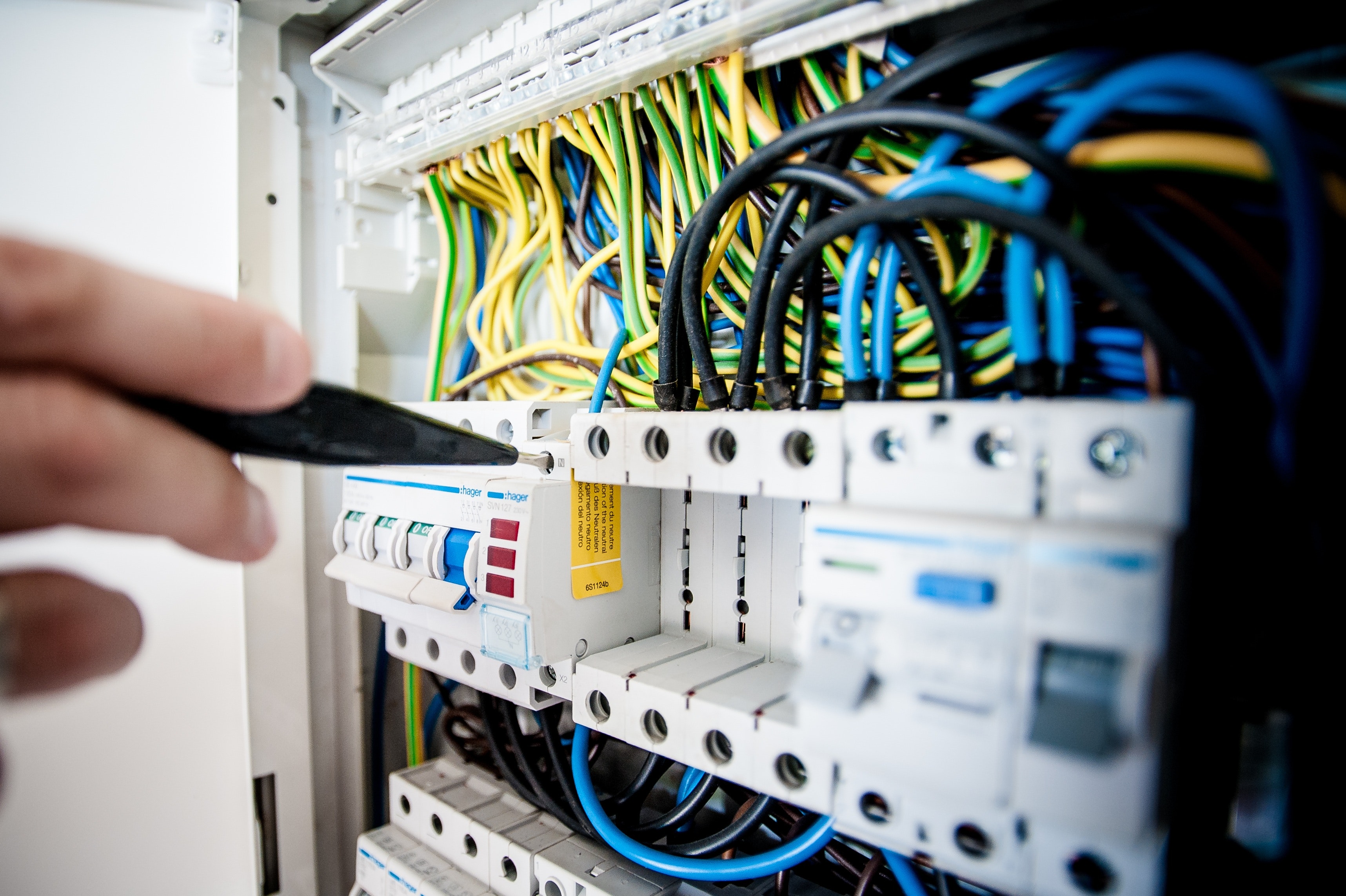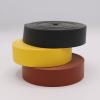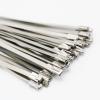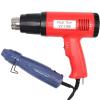
Cables and wiring are a crucial part of any industrial setting and just like the people you work with, they help to keep the place running. That’s why it is important to invest time and resources into cable management to ensure your cables are installed properly, safely and securely.
What is cable management?
Cable management refers to the organization of cords, cables, and other wires in working situations. Without cable management, you could potentially be creating a working environment that could lead to some dangerous health and safety risks. It could also lead to an array of legality issues, should someone get injured on the job.
This is where preventative organization plays a huge role on your worksite. In settings like construction sites, preventative organization helps to keep your work and employees up to safety standards and running smoothly. By employing these safety and organization measures to your cables and wiring you can mitigate risk, thus allowing you to focus on other aspects of the job. Read on to learn more about organization and protective solutions like heat shrink tubing, cord covers and cable ties.
The equipment you need to stay organized
There are a lot of industrial equipment options you can choose from when it comes to wiring and cables.
Cable Sleeving and Heat Shrink
Heat shrink tubing and cable sleeving provide a plethora of safety and organization features for your wiring needs. They are a great addition to any industrial environment as they can help to color code your wiring, and provide an added layer of protection from external hazards like pressure or liquids. Sleeving can also be used to help bundle wiring together, eliminating mess and confusion.
There are a lot of different options when choosing heat shrink and sleeving, for example sleeving made of material like fiberglass is perfect for high voltage situations. To find out which heat shrink is best for your needs check out this guide.
Floor Cord Covers
Shaped like a mini bridge for your wiring, floor cord covers are a common tool to not only help keep your wiring safe, but more importantly to protect workers or passersby from a tripping hazard. Floor cord covers range from light-weight plastic options that are great for offices, or heavy duty plastic that can withstand the weight of a car - designed more for industrial sites.
Cable Raceway
Like floor cord covers, cable raceways can help to hide the unsightly appearance of wires. More importantly, they help to secure your wiring to floors or walls, minimizing risk of damage to wires or workers.
Cable and Hose Carriers
When you have to work with a lot of cable and wiring, it can seem like a huge project to keep on top of. Pull the wrong wire and you could accidentally shut off power to the wrong equipment. Cable and hose carriers prevent twisting, tangling, chafing and potential damage to your wiring. To do this, carriers have a maximum bend radius to help ensure your wiring doesn’t over extend past its own bend radius. Carriers also help to guide cables to where they need to go in hard to reach places, preventing snagging or catches.
Cable Ties
Cable ties are a great, classic option when it comes to cable management. They are cheap and fast fixes to implement in industrial settings. They can secure your wiring and cables to any freestanding structure, they can also fit easily in your back pocket. Although most cable ties can only be used once, many of the new options are reusable thanks to a releasable latch.
Labels
Also known as cord identifiers, are a must in any industrial setting where wiring can quickly become an overwhelming task. No matter your expertise, it can always be challenging to identify a cord in a sea of cables. There are a ton of labelling options to consider for your wiring but cord identifiers stand out because they are small disks that will slide onto the cable and contain identification tags that can be customized to your needs.
Things to Avoid When Managing Your Cables
Cable management is not something that should be overlooked in an industrial setting as it can lead to all sorts of hazards. Here are a few don’ts when it comes to ensuring the safety of your people and wires:
- Staples - Staples are unreliable and because of their sharp edges can end up damaging your cords if they are too tight, or are tugged at any point.
- Tight cable ties - A tight cable tie can seriously damage your wiring by creating indentation and weakening the structure of the cord. When implementing cable ties, always ensure that there is a slight amount of give between the tie and the cable.
- Small bend radius - As mentioned earlier, a lot of wires and cables have a limited bend radius to ensure their longevity. When implementing wires, cables or cable management systems, always ensure you are not over extending as it will weaken the cable and potentially cause irreversible damage.
- More than 25lbs of pull force - Even with an added layer of protection like heat shrink tubing, wiring is a delicate structure. Try to ensure that there is never more than 25lbs of pull force being applied to your cabling as it can lead to breakage, splitting, or other avoidable damages.
Have more questions about cable management?
Hopefully, this guide has helped you understand all you need to know to choose the best type of cable management for your settings.
If you have additional questions, visit our learning center or FAQs. Or you can contact us here with questions or to receive a sample.








